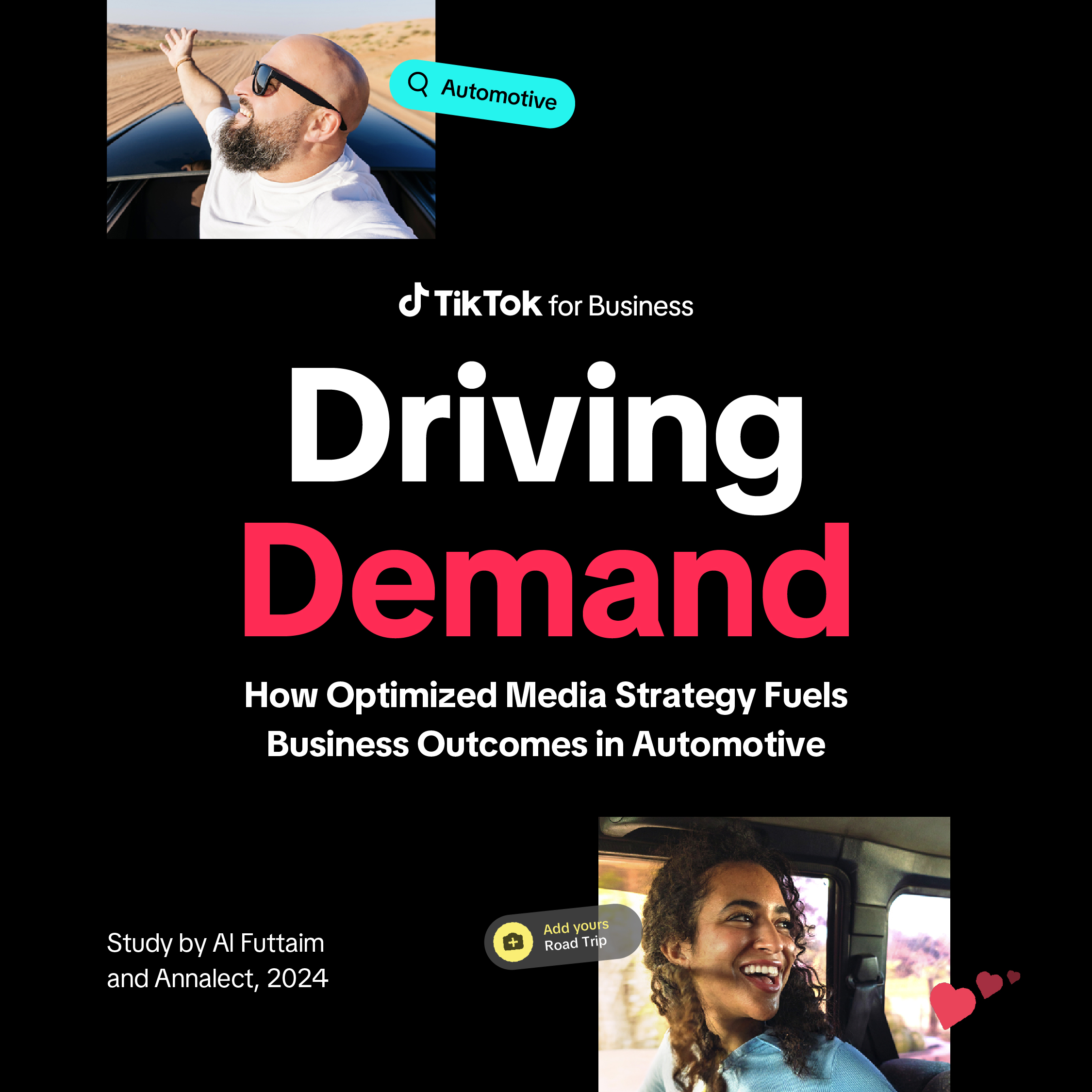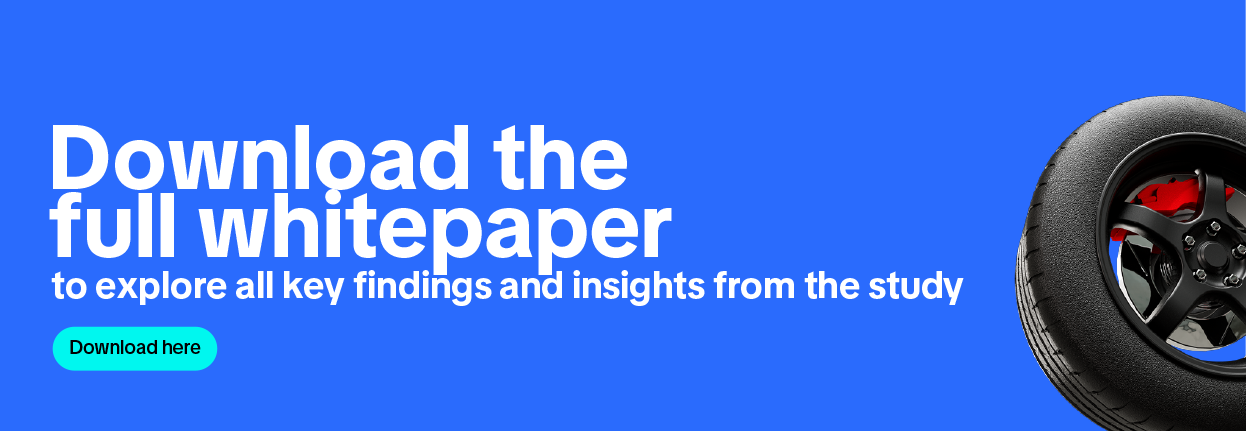From Scroll to Showroom: How TikTok Drives Curiosity and Inquiries in the Automotive Industry

The competition in the UAE and KSA markets has intensified, which has directly impacted automakers branding and marketing strategies. Automakers can no longer rely solely on optimizing leads and lower-funnel activities. They must adopt a full-funnel approach, integrating campaigns from awareness building to driving actionable intent. As customer behaviors evolve, precise measurement across each phase of the marketing funnel is critical. These tools offer a holistic view of campaigns and unravel the specifics of consumer behavior, optimum media spend, and impactful engagement and sales. Our focus on accurate measurement with a suite of tools that helps automakers simplify and understand how these elements interact with their marketing efforts empowers them to adapt, maximize ROI, rise above the noise, and thrive in this evolving industry.
Situation
In a period marked by unprecedented global shifts and challenges, the automotive sector is at the forefront of transformation. The sector is undergoing rapid changes driven by technological advancements, evolving customer preferences, shifting market dynamics, inflation, and supply chain disruptions.
For players in the automotive sector, from manufacturers and OEMs to dealerships and stakeholders, understanding the tectonic shifts taking place is key to shaping their responses and strategies. The best way to do so is to deep dive into the dynamics that impact car buyers towards making their purchase decision. Buying a car is a significant investment, involving a thorough and engaging process of information gathering, analyzing the numerous choices available in the market, and agreeing on the right package before a final decision is made.
Challenge
Traditionally, offline media was used to create brand awareness and consideration within the automotive industry. Car buyers discovered vehicles through TV, radio, or newspapers and visited dealerships for more detailed information to finalize their purchase. As global media consumption shifted towards digital/online experiences, with the dramatic increase in the reach and relevance of social and video platforms, more emphasis is now being placed on analyzing the impact of paid and earned digital media and finding the optimal balance between on- and offline media.
Although there is industry consensus on the importance of media, questions around its efficiency and the right optimization strategies remain constant; How much business impact does media drive exactly? How can media be leveraged to generate demand from future customers as well as drive direct sales? How can marketers optimize their media mix in order to drive cost efficiency and ROI?
Study Background
Answering these complex questions requires relying on numerous qualitative and quantitative analyses. Marketing mix modeling (MMM), ran by Annalect and covering three Al Futtaim automotive brands spanning luxury, premium and mass market segments, were run based on two years of data.
Modeling happened towards “Enquiries”, defined as the sum of qualified leads and showroom visits. This is the main KPI that is affected by media and marketing efforts, given the type of industry and the dynamics that could affect other business KPIs out of the control of media such as stock availability.
Key Learnings and Insights
1. TikTok drove 9.4% of all enquiries driven by Digital media.
Media drove 29% of total enquiries across the three brands, with digital channels contributing 22.6%—and TikTok alone accounting for 9.4% of those, despite its relatively low share of media spend.
2. TikTok outperformed other digital channels in driving enquiries.
TikTok proved very potent when it came to driving enquiries. Benchmarked to online video,TikTok delivered a 90% higher ROI, and a 12% higher ROI than other digital channels excluding paid search.
3. Full-funnel TikTok campaigns drove more enquiries and boosted efficiency.
Full-funnel TikTok campaigns drove 14% more enquiries. Allocating 25–40% of budget to upper funnel and running campaigns for 10+ weeks boosted efficiency by 62%.
4. Adopt a Marketing Mix Modeling (MMM) to deliver more precise and data-driven recommendations for maximum impact.
By embracing a full-funnel, data-driven approach, we ensure that every interaction - from awareness to conversion - delivers value. Advanced measurement tools enable us to optimize our media spend, refine engagement strategies, and create memorable, value-added experiences.
